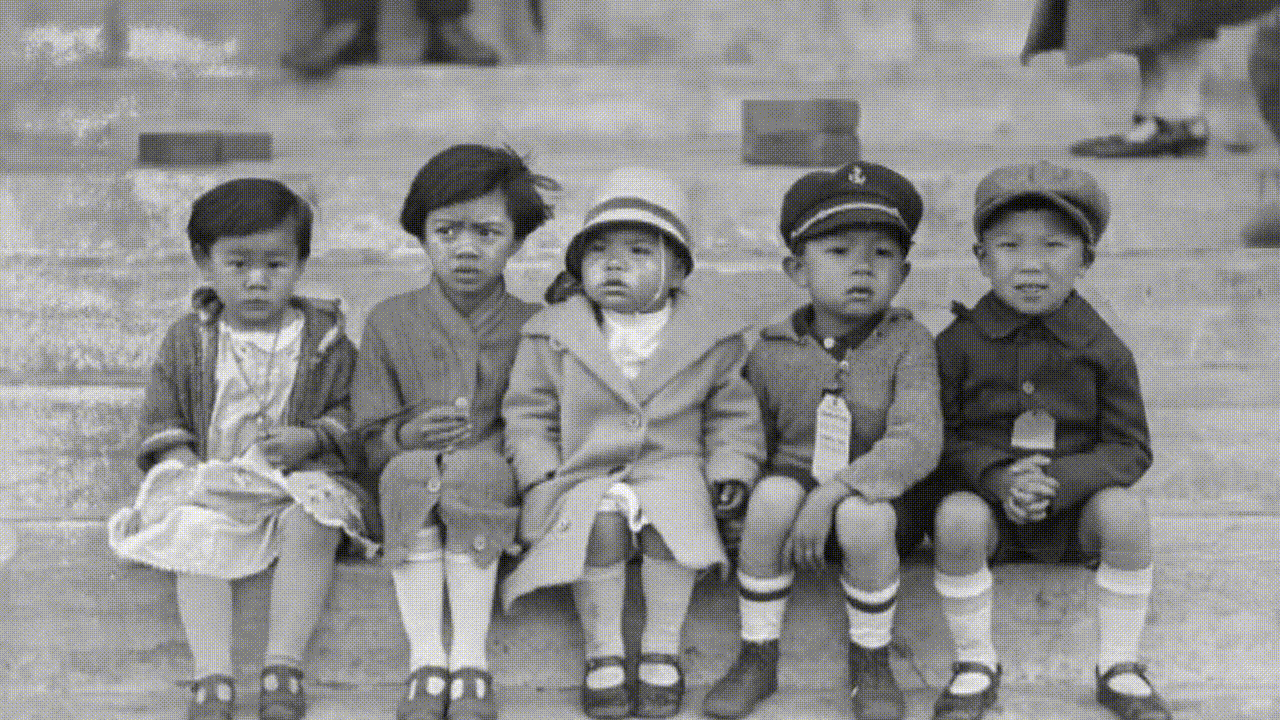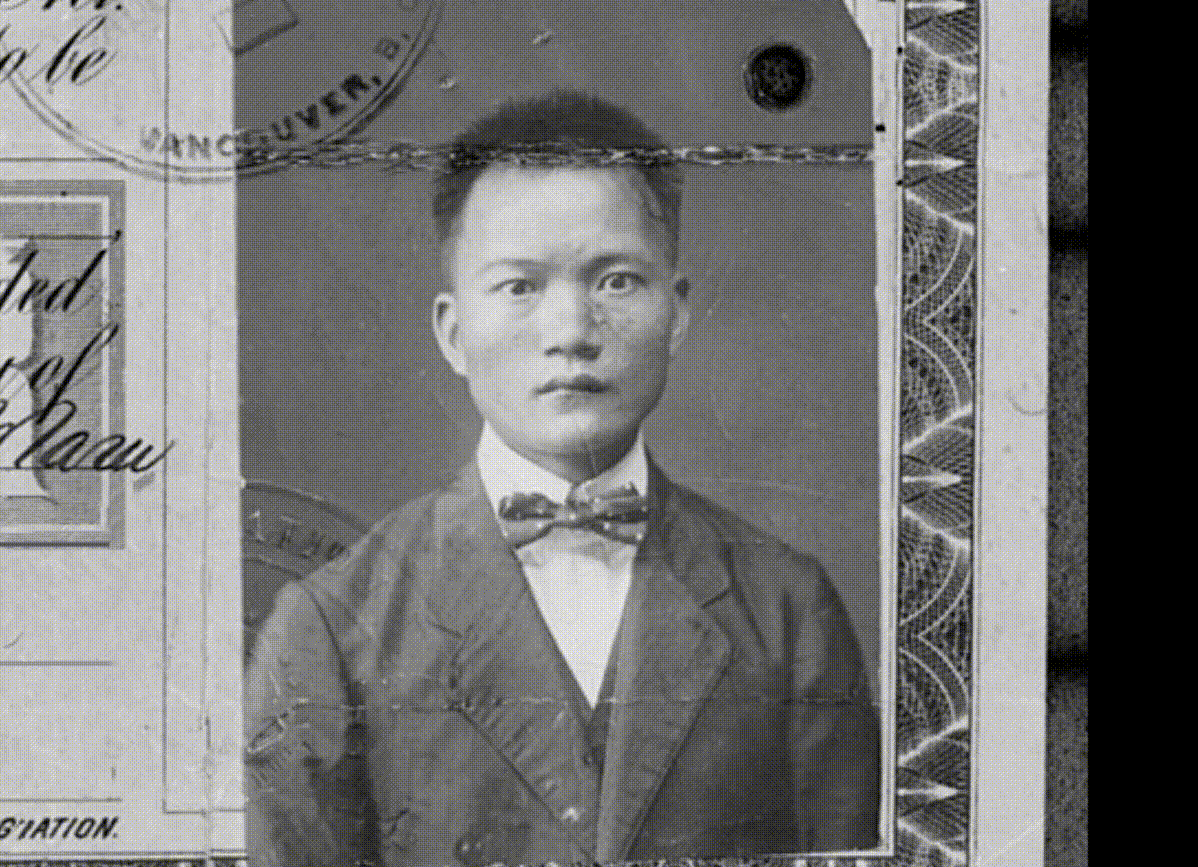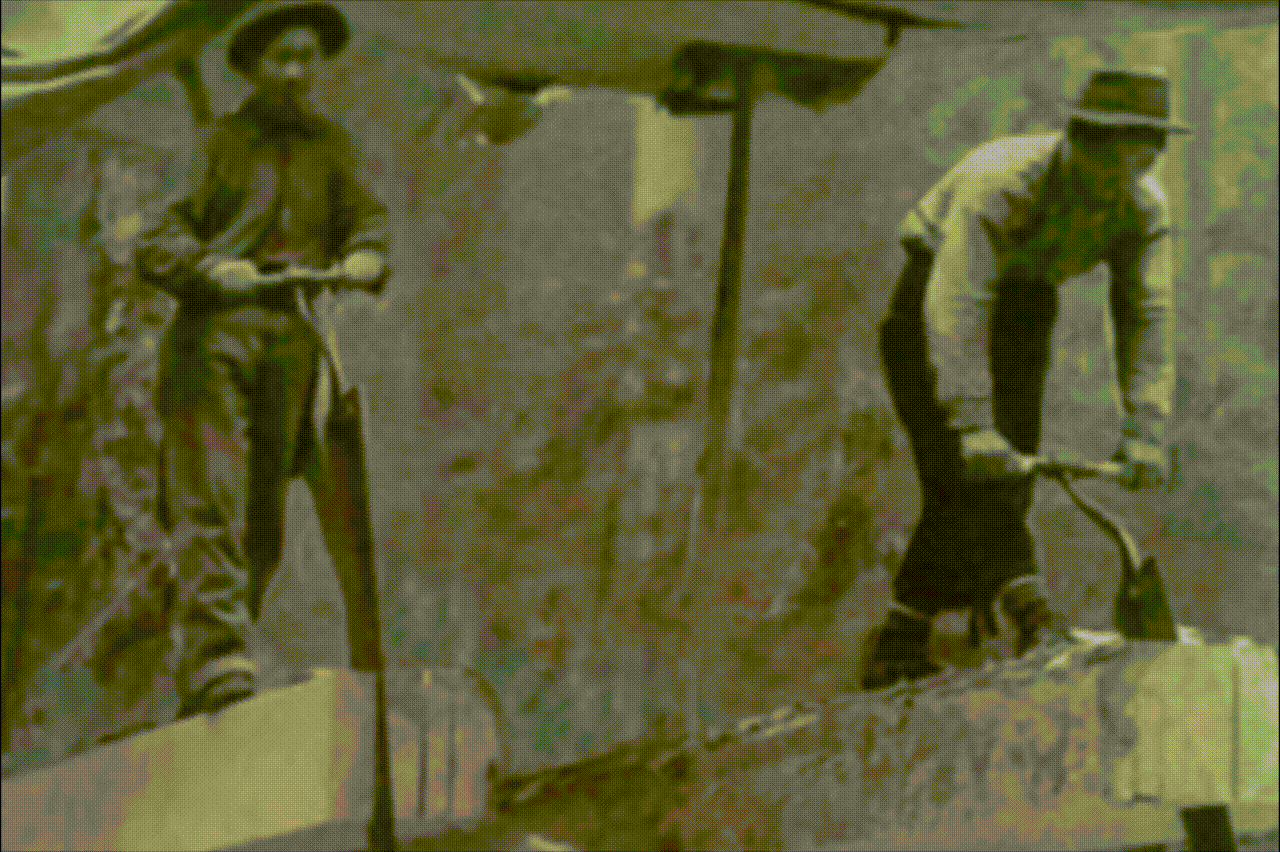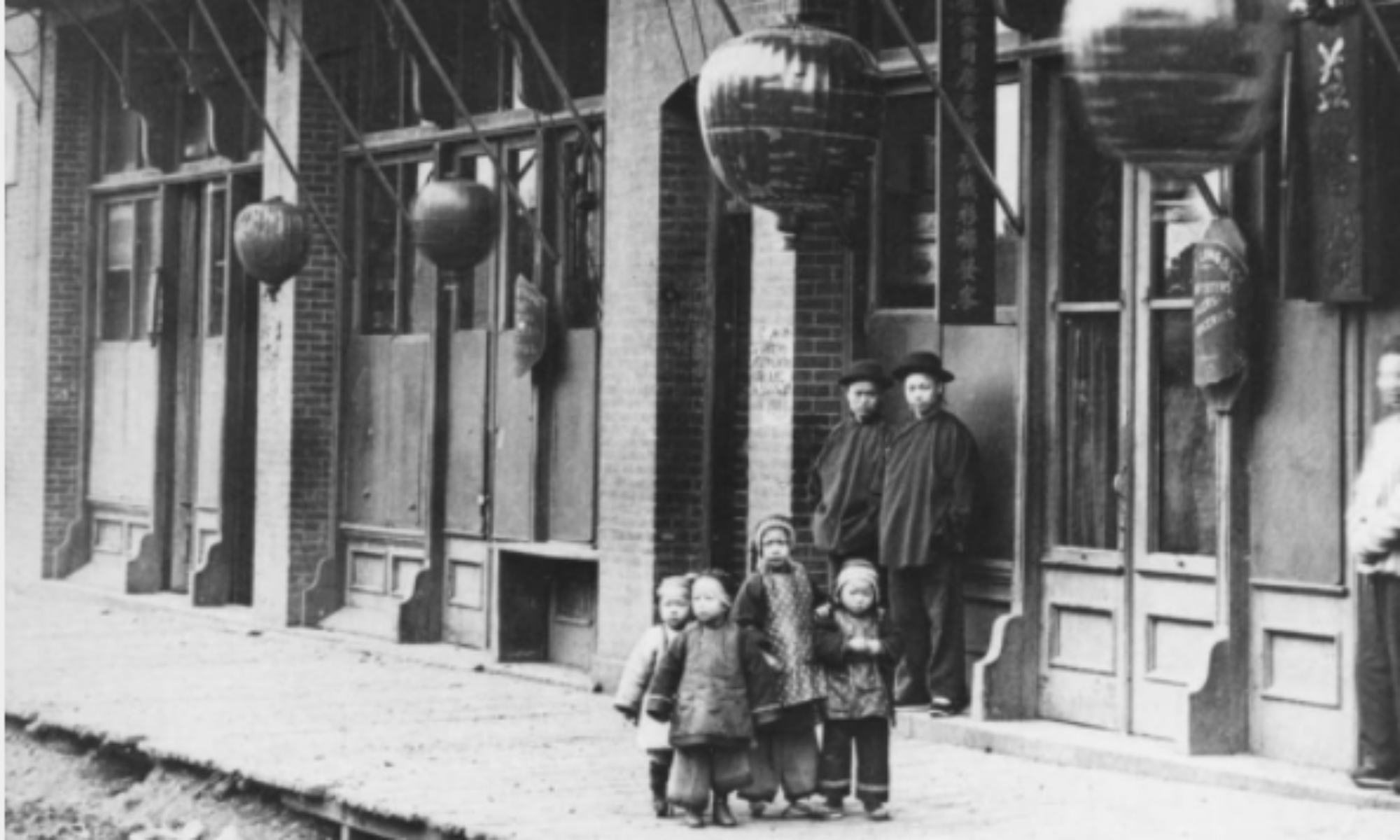
The Chinese Exclusion Act, passed on July 1, 1923, represents one of the darkest chapters in our shared history as Canadians. It was a discriminatory law that halted virtually all Chinese immigration to Canada for a quarter of a century, breaking many families apart and further signaling to Canadians of Chinese origin that they would never truly belong in this country.
Recognizing the anniversary of the Chinese Exclusion Act is not about dwelling in the past; it’s about gaining perspective on the present and our future. It’s an opportunity to reflect on the wrongs inflicted upon the Chinese community, fostering empathy and understanding for the discrimination they endured. This historical milestone also offers us a chance to assess our current racial climate and draw parallels between past and present experiences of exclusion, particularly in light of the COVID-19 pandemic.
Despite the troubling history, the anniversary serves a testament to the resilience and contributions of the Chinese community. In the face of adversity, Chinese Canadians have contributed significantly to Canada’s social, economic, and cultural spheres. This multimedia project, produced by Darya Soufian and Adrian Ma of the Toronto Metropolitan University School of Journalism, highlights important historic details significant to the Chinese Canadian community and shares perspectives from other Canadians of Chinese origin about their experiences in this country.
Taxation Without Representation
The head tax was a form of institutionalized discrimination, imposed by the Canadian government in the late 19th and early 20th centuries, specifically targeting Chinese immigrants. Introduced in 1885, the tax required Chinese individuals to pay a fee to enter Canada, starting at $50 and eventually escalating to $500 by 1903, an exorbitant sum for the time period. It was the only legislation in Canadian history to explicitly levy a tax based on ethnic origin. In effect, it sought to discourage Chinese immigration while simultaneously exploiting their labour, particularly the thousands of railway workers who had been hired to do incredibly dangerous work for little pay. The head tax reflected the prevalent anti-Asian sentiment of the era, and its impact was far-reaching, causing immense economic and personal hardships for many Chinese Canadians. This discriminatory practice was not fully acknowledged and redressed by the Canadian government until 2006, when an official apology was issued, along with financial compensation for surviving head tax payers and their spouses.

- The Chinese Head Tax and the Chinese Exclusion Act (Canadian Museum of Human Rights)
- The Paper Trail Collection (UBC Library, Rare Books and Special Collections)
- The Chinese Canadian Artifacts Project (University of Victoria)

Humiliation Day
When the head taxes failed to curb Chinese immigration to the degree the government had expected, it introduced the Chinese Immigration Act of 1923, also known as the Chinese Exclusion Act. The new law, which went into effect on July 1, 1923, was severe and its impact was immediate; in the subsequent 24 years until its repeal in 1947, fewer than fifty Chinese immigrants were permitted entry to Canada. The Act drove a wedge in the Chinese Canadian community, causing family separations and diminishing their socio-economic potential due to the lack of new immigrants. For many in the Chinese Canadian community, July 1 was not known as Dominion Day or Canada Day, but Humiliation Day.
A community of storytellers
Storytelling plays a crucial role in the Chinese Canadian community as a powerful tool to dialogue about history, culture, values, and ideas. It serves as a cultural bridge, connecting younger generations with their ancestral past, while allowing them to form their own perspectives. Through vivid narratives, oral histories, and folktales, storytelling brings to life the experiences of the Chinese community in Canada, their perseverance, struggles and successes. In this section, we highlight the ideas and work of some prominent Chinese Canadian storytellers.
Additional reading and resources
- Simon Fraser University: A brief chronology of Chinese Canadian history
- The Chinese Canadian Military History Museum Society
- Heritage BC: Chinese Canadian Historical Map
- Royal BC Museum: Explore Chinese Canadian History
- Heritage Toronto: Commemorating 100 Years of the Chinese Immigration Act
- National Film Board of Canada: Asian Communities in Canada
- Huron Research: Chinese Indigenous Relations
Darya’s Story

Research assistant and journalist Darya Soufian shared her own personal story of growing up part-Chinese in Canada and the priceless memories of her grandmother.
